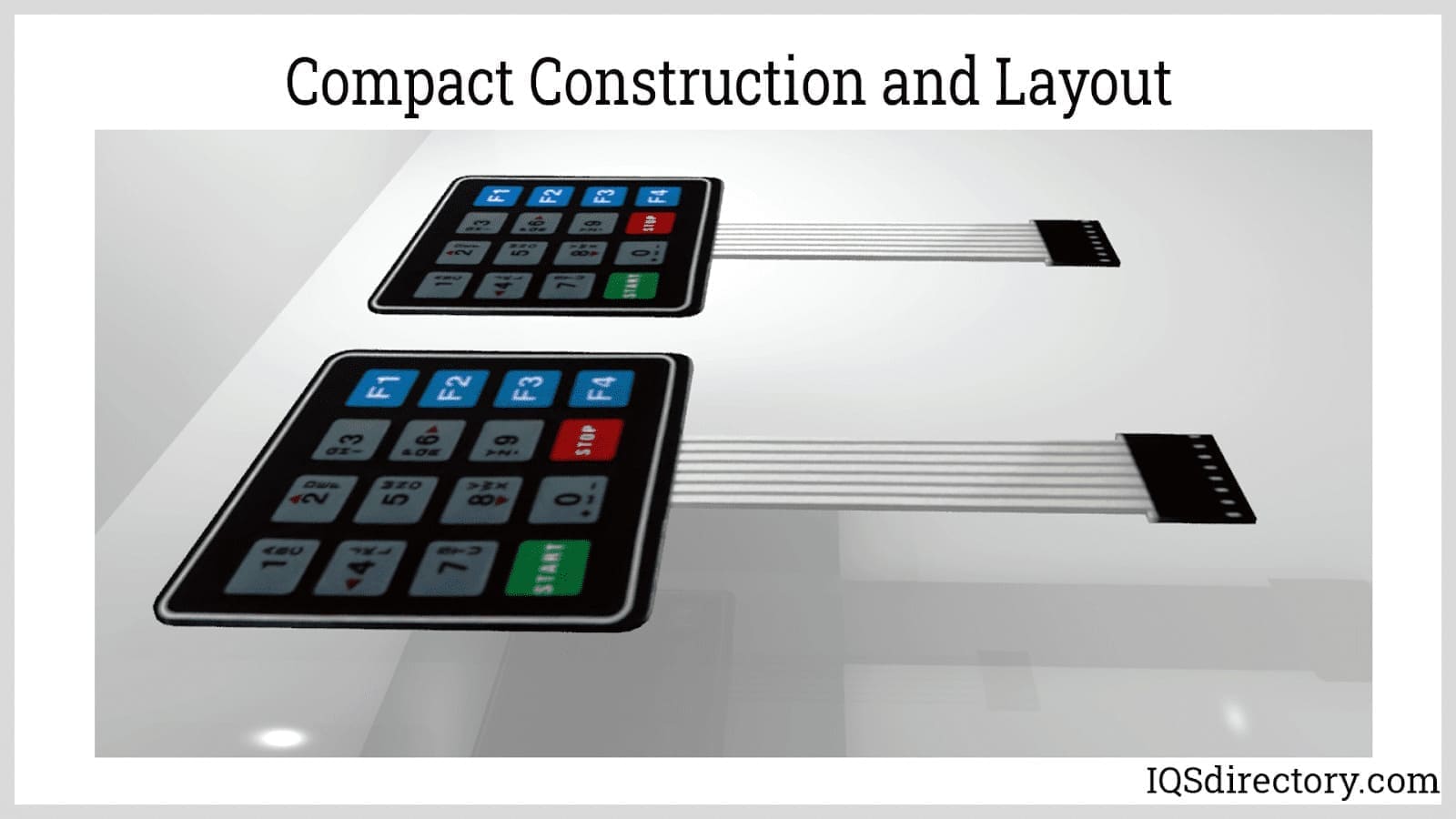Understanding the Functionality of Membrane Layer Switches Over for Interface Tools
The functionality of membrane changes represents a significant advancement in interface style, integrating efficiency with visual flexibility. These buttons run through a multi-layered framework that equates customer communications right into electric signals, enabling both portable formats and strength versus ecological aspects. As industries increasingly focus on individual experience, understanding the nuances of membrane button modern technology ends up being necessary. What implications do these developments hold for future applications, and just how might they redefine customer communications throughout numerous devices?
What Are Membrane Layer Buttons?
Membrane layer buttons are innovative user interface devices that help with user interaction with electronic devices. These versatile parts include several layers, including a visuals overlay, spacer, and a printed circuit layer. The design enables for a smooth assimilation right into numerous digital devices, enhancing both the aesthetic and useful aspects of interface.
Membrane layer switches are generally utilized in a variety of applications, from household devices to commercial equipment and medical gadgets. Their building and construction typically features a thin account, making them an ideal choice for portable styles. The tactile feedback given by these buttons can be crafted to satisfy certain user choices, making sure reliable communication between the customer and the device.
Durability is one more significant benefit of membrane layer buttons, as they are immune to dirt, dampness, and chemicals, which enhances their life expectancy popular settings. In addition, these buttons can be tailored in terms of form, size, and graphic style, permitting branding and user-specific attributes. Generally, membrane layer changes represent a functional remedy for boosting user experience in electronic tools, incorporating performance with aesthetic appeal in a reliable way.
How Membrane Layer Changes Work
Operating on a straightforward concept, membrane layer changes use a split building to register user input effectively. Each switch includes multiple layers, including a printed circuit layer, a spacer layer, and a leading visuals layer, which are made to collaborate effortlessly. When a customer presses the top layer, it presses the spacer layer, bringing the conductive elements of the circuit layer right into contact with each various other.
This call produces a shut circuit, indicating the tool to perform a certain feature. The design permits different configurations, including responsive feedback, which can enhance the individual experience by providing a physical sensation upon activation. The products used in membrane switches often include versatile substrates, such as polyester or polycarbonate, which make sure longevity and strength versus wear and tear.

Key Benefits of Membrane Switches

An additional considerable benefit is their density. Membrane layer switches are thin and light-weight, which allows manufacturers to save area in their gadgets without compromising functionality. This feature is particularly helpful in applications where weight and volume are crucial considerations.
In addition, membrane switches are immune to dirt, moisture, and chemicals, enhancing their durability. This strength prolongs their life-span and lowers the requirement for regular substitutes, resulting in expense financial savings in time.
In addition, the responsive responses given by membrane buttons can be optimized to boost individual communication. They can include attributes such as elevated buttons or distinct clicks, improving usability and individual experience.
Applications Across Industries
Individual user interface devices making use of membrane buttons prevail in a vast range of sectors, showcasing their flexibility and performance. Membrane Switch. In the medical field, membrane layer switches are integral to tools such as analysis tools and individual tracking systems, where their toughness and simplicity of cleansing are essential for maintaining hygiene standards. In the vehicle sector, these buttons are used in dashboard controls and infotainment systems, supplying a smooth and contemporary user interface for individuals.
Moreover, the customer electronics industry advantages from membrane layer switches in devices and portable tools, where portable style and easy to use interfaces boost individual experience. Industrial applications additionally leverage membrane layer changes for control panels in machinery and automation systems, highlighting their robustness and resistance to harsh atmospheres.
In the aerospace and protection sectors, membrane switches are made use of in cabin controls and devices, blog here where dependability and performance under extreme problems are critical. Furthermore, the pc gaming industry progressively integrates membrane layer buttons in controllers and game devices, adding to an engaging individual experience. In general, the adaptability of membrane switches over allows their prevalent use throughout countless markets, underscoring their value in modern-day interface style.
Future Patterns in Membrane Layer Switch Over Modern Technology

In addition, using advanced products, such as polycarbonate and polyester view it now movies, is expected to increase, providing boosted sturdiness and resistance to environmental stress factors. These materials add to the total longevity of membrane switches, making them suitable for harsher commercial applications.
Furthermore, the unification of clever technology, including IoT connectivity, will make it possible for membrane layer switches to communicate with other gadgets and systems, promoting an extra interactive individual experience. This fad lines up with the growing need for smart devices throughout numerous fields, from medical care to consumer electronic devices.
Lastly, personalization options are anticipated to increase, allowing makers to create bespoke solutions tailored to particular individual needs and choices. These growths will certainly position membrane layer switches as important parts in the development of interface innovation.
Conclusion
In final thought, membrane layer switches over stand for a pivotal development in individual interface technology, supplying a reputable and versatile option for varied digital applications. As improvements in material scientific research and touch picking up modern technologies proceed, the functionality and applicability of membrane layer buttons are expected to increase, enhancing their significance in contemporary electronic gadgets.